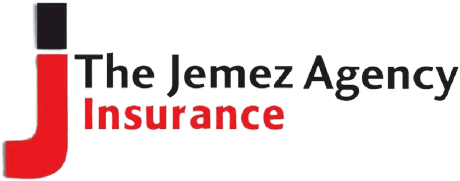
Federal Guidelines and Regulations
Drones fall under the regulatory authority of the Federal Aviation Administration (FAA), the same agency that ensures safety of civil aviation throughout the nation. Current regulations include registering drones that weigh more than 0.55 pounds, less than 55 pounds, and avoiding restricted areas such as airports, military bases, and national parks. Failure to comply with such regulations can result in civil penalties of up to $27,500, criminal penalties of up to $250,000, and/or imprisonment for up to three years. With technology ever expanding, the regulations will change on regular basis in order to keep up with new developments, loss experiences, and overall safety concerns. In addition to FAA regulations, there may also be state and municipal codes governing their use.
Safe Operation Tips
- As with any aircraft or machine, it is only as good as the operator behind it.
- Be aware of any restricted areas such as airports and military bases. The FAA’s B4UFLY app can show which airports are near you.
- Check weather conditions before launching. Drones are aircraft and as such, weather can present adverse flying conditions. Local weather forecasts are helpful by providing important information:
- Wind gust (do not fly in gusts that may exceed your drone’s top speed),
- Precipitation (drones do not hold well in rain, sleet, or snow),
- Temperature (hot and cold environments can reduce flight performance), and
- Visibility issues such as fog (do not operate if visibility is impaired).
- Remember a forecast is just that, a forecast. You should always survey the weather conditions in your flight path.
- Fly below 400 feet and remain clear of surrounding obstacles.
- Keep the aircraft within a visual line of sight at all times.
- Remain clear of and do not interfere with manned aircraft operations.
- Do not fly near people or stadiums.
- Do not fly an aircraft that weighs more than 55 lbs.
- Do not be careless or reckless with your unmanned aircraft – you could be fined for endangering people or other aircraft.
- Be respectful of people’s privacy.
Insure Your Drone
Unfortunately, not all risks can be eliminated. Insurance is an effective means of risk transfer providing a form of financial protection in the event a loss is experienced. Many cities mandate it before granting permission to operate in their jurisdiction. A typical personal lines insurance policy is generally not adequate for such exposures as these policies usually have exclusions for aircraft. If coverage is provided, there are usually many limitations and inadequate coverage limits which render them ineffective for exposure level. To address such exposures, companies have recently started to offer endorsements. These endorsements are tailored to the unique exposures encountered by drone operators. In general, coverage should include the following coverage lines:
- Physical Damage for damage to the aircraft itself, along with installed or carried equipment and ground control units.
- Property Damage for damage to other people’s property.
- Bodily Injury for injury sustained to third parties because of drone operations.
- Personal Injury for invasion of privacy as most drones have attached cameras. Personal Injury provides coverage for invasion of privacy, unless the act is intentional.
- Commercial Coverage for commercial use (you are being paid for your drone services). The standard homeowner policy excludes business use.
- Coverage limits should be high enough to cover the replacement cost of the drone and satisfy potential damage awards.
- It is important to note that every person’s situation is different. It is best to contact your local agent to address your coverage needs.
Drones will have a profound effect on the commercial landscape going forward. Following regulations, ensuring your drone, and operating it safely will ensure aid to risk management. Have fun flying!

